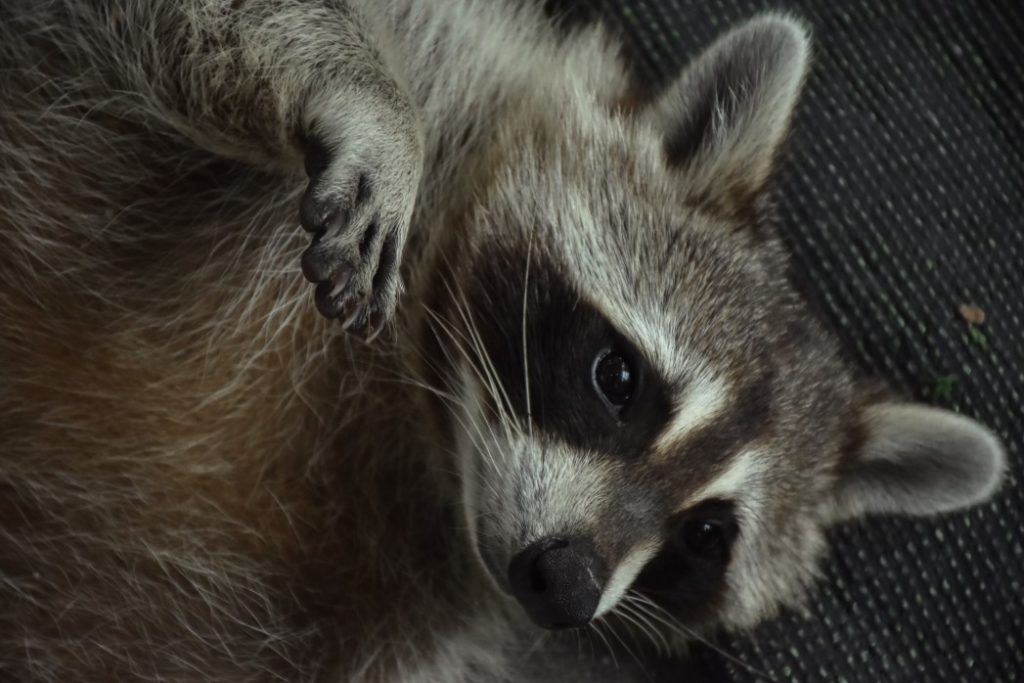High Long Will Raccoon Populations Remain High?

Raccoon populations in the state of Kentucky are currently higher than they have been in the last couple of decades. Due in part to things such as reduced interest in the fur trade and a reduction in the amount of trappers and hunters that actively try to nab raccoons, the number of raccoons that we now see in urbanized areas has been allowed to skyrocket. There is a natural ebb and flow to animal populations and it is expected to level out at some point, but for now the little masked bandits are flourishing.
Due to higher numbers of raccoons and the closer proximity to humans, the concern for the spread of rabies is also growing. The Kentucky Cabinet for Health and Family Services runs a rabies program that is geared towards the prevention and control of the disease. Rabies is a common disease amongst animals such as raccoons, bats, coyotes, and skunks. In 1999 alone, skunks accounted for 21 out of the 35 confirmed rabies cases in the state of Kentucky.
For information on raccoon control, visit Wildlife Removal Pros.
Raccoons riding a possibly uneasy population high
Speaking of masked mammals, it’s difficult to mask the probability that we have an excessive population of raccoons nowadays.
Back in what millennials would consider ancient times, about 1970, there just weren’t oodles and gobs of raccoons. They were out there, certainly, but ‘coons at that time were country critters of modest proliferation.
Lawn raccoons weren’t prevalent at the time. And where raccoons did live and do business, there were ‘coon hunters and trappers that held numbers in check. Read more
Summary: Raccoon populations in the state of Kentucky are currently higher than they have been in the last couple of decades. This is due in part to things such as reduced interest in the fur trade and a reduction in the amount of trappers and hunters.
Kentucky Rabies Program
In 1999, skunks accounted for 21 of the 35 confirmed cases of rabies in Kentucky. Rabies is an infectious viral disease that affects the nervous system. People get rabies from the bite of an infected, or rabid, animal. Wild mammals like raccoons, skunks, foxes, coyotes or bats can have and transmit rabies.
Domestic animals like dogs, cats, horses and cattle also can transmit rabies to humans. However, domestic animals account for fewer than 10 percent of all reported rabies cases in animals. via CHFS
Summary: The Kentucky Cabinet for Health and Family Services runs a rabies program that is geared towards the prevention and control of the disease. Rabies is a common disease amongst animals such as raccoons, bats, coyotes, and skunks.


